As summer turns to autumn, and the leaves begin to change and fall to the ground you may find yourself consumed with the household tasks of preparing for the coming winter season. Buttoning up your house for the winter may include calling the oil company for a delivery or making sure your furnace has new filters, but no matter where you live and how you heat your home, there are a number of things you can do to save energy and money this winter as well as make your living space more comfortable.
First, make sure your heating system is operating at peak efficiency. Check your radiators or forced air registers for dust buildup and clean them off to avoid spreading this around your home, as well as allow your equipment to most efficiently transfer heat into your living space. If you use baseboard heat, check to see that the flaps are all the way open. Verify that air flow around baseboards and radiators is unobstructed in order to allow efficient convection.
Second, use your heater as little as possible, and take advantage of free heat. Open up your shades during the day to let solar energy into your house to help with the heating and lighting. Close heavy drapes at night to act as insulation over your windows. If you have rooms that you use infrequently, turn down/off available thermostats or close registers and doors in those rooms. Set your thermostat for a lower temperature when you are away, and consider adding another comforter to your bed so you can turn down the heat more at night.
Finally, make sure you’re only paying to heat your house instead of the great outdoors. Check for air leaks and seal them with weatherstripping and caulk. Already have weatherstripping? Make sure it is in good condition, as weatherstripping can degrade over time. After your windows and doors are well sealed, fill any other gaps with caulk. One trick for finding air infiltration is to hunt for cobwebs. Spiders usually seek out locations where there is a lot of air movement. Air can even leak into your house through electrical outlets. Foam gaskets that form a seal behind cover plates are inexpensive and available at most hardware stores.
For more help with home weatherization, check out our Interactive Home with DIY Tips or sign up for a NO COST Home Energy Assessment.
